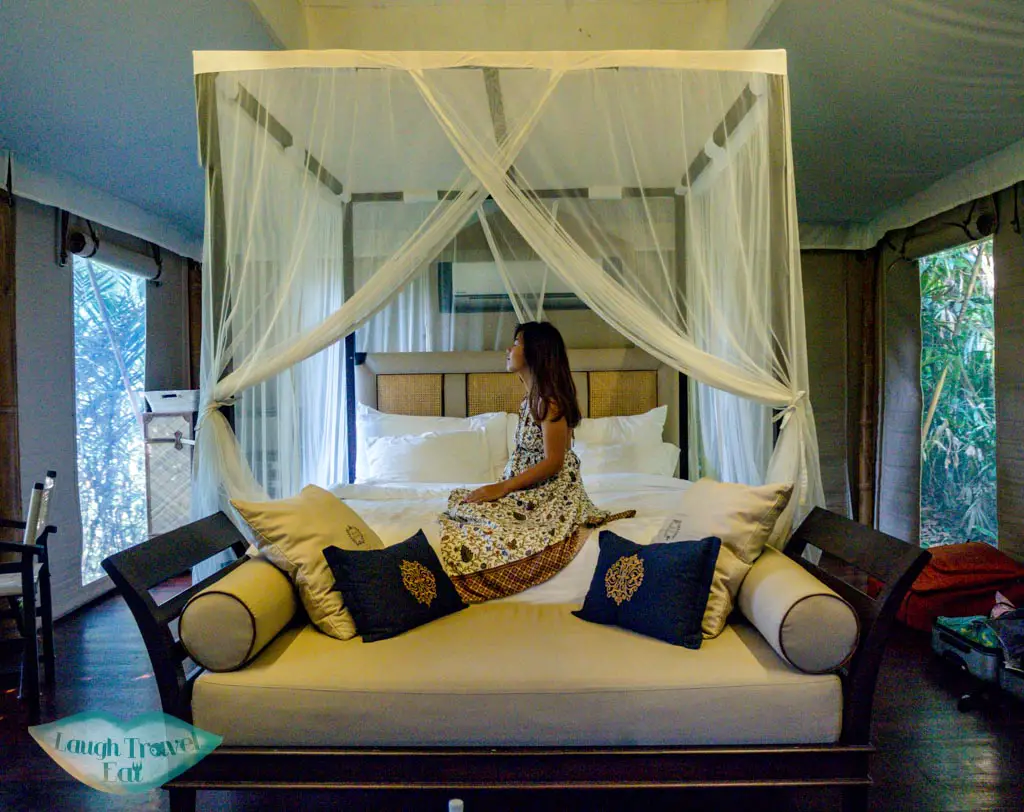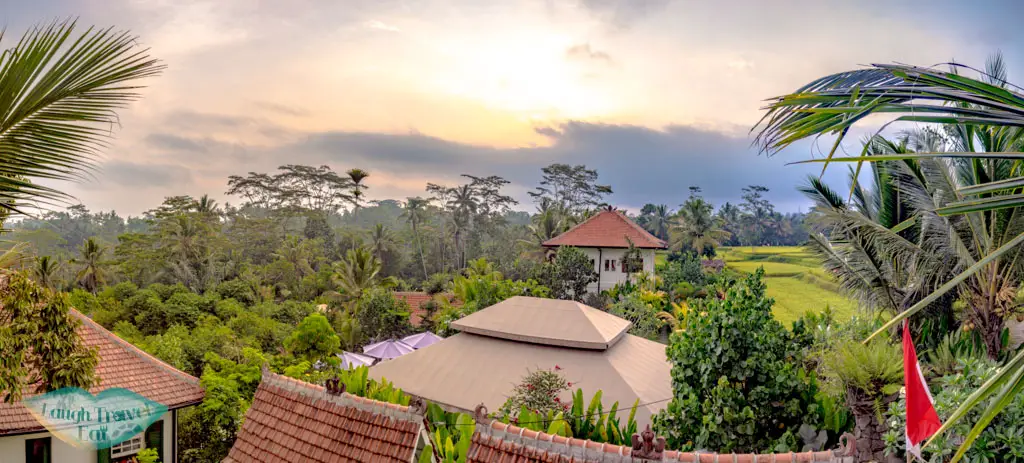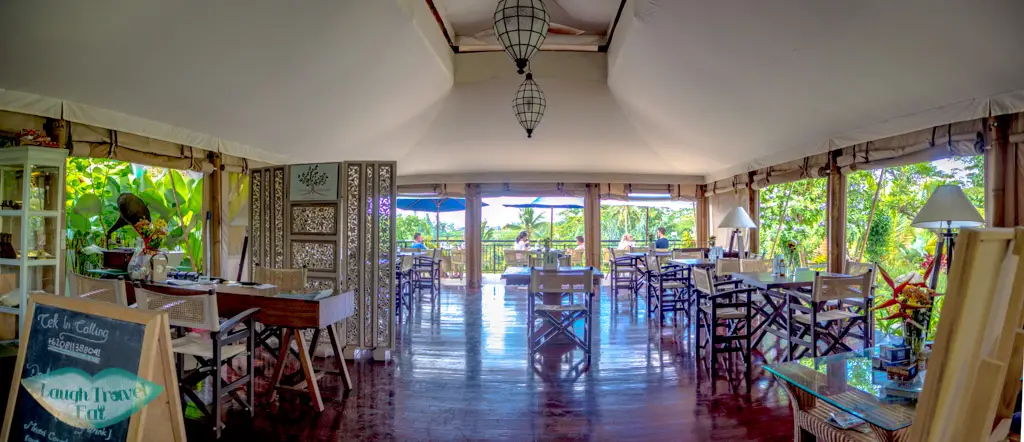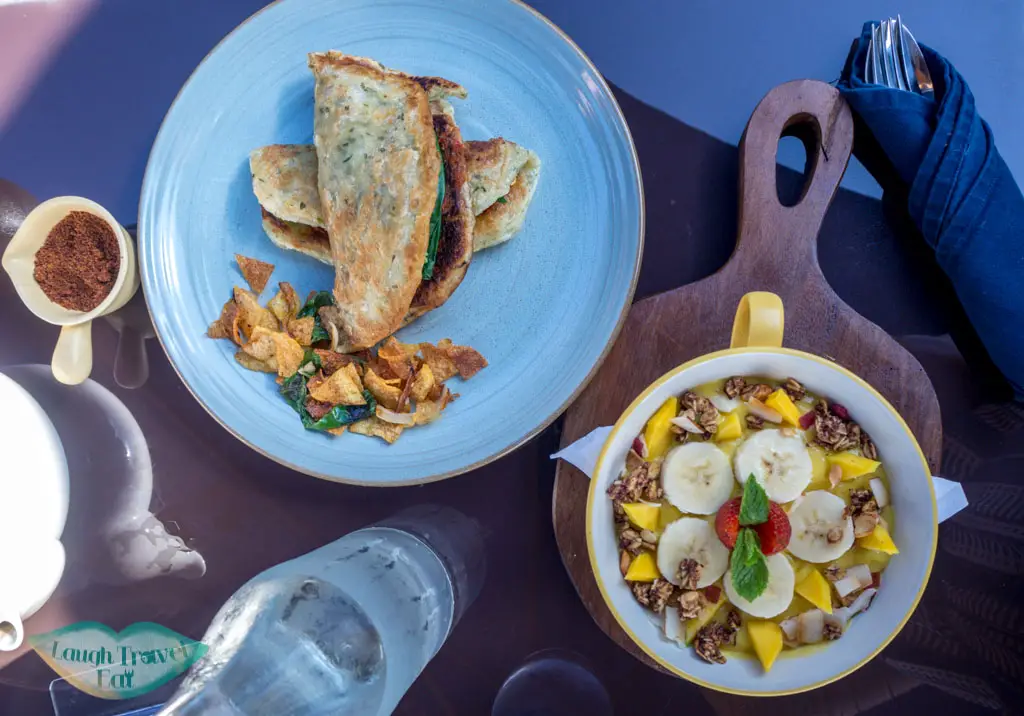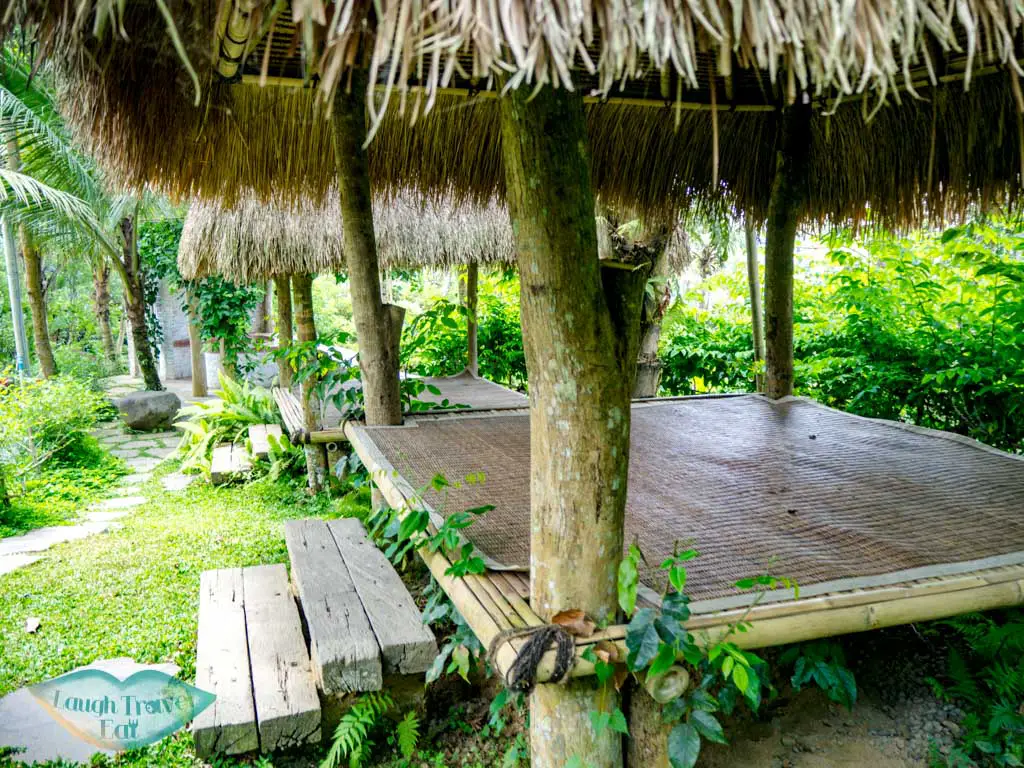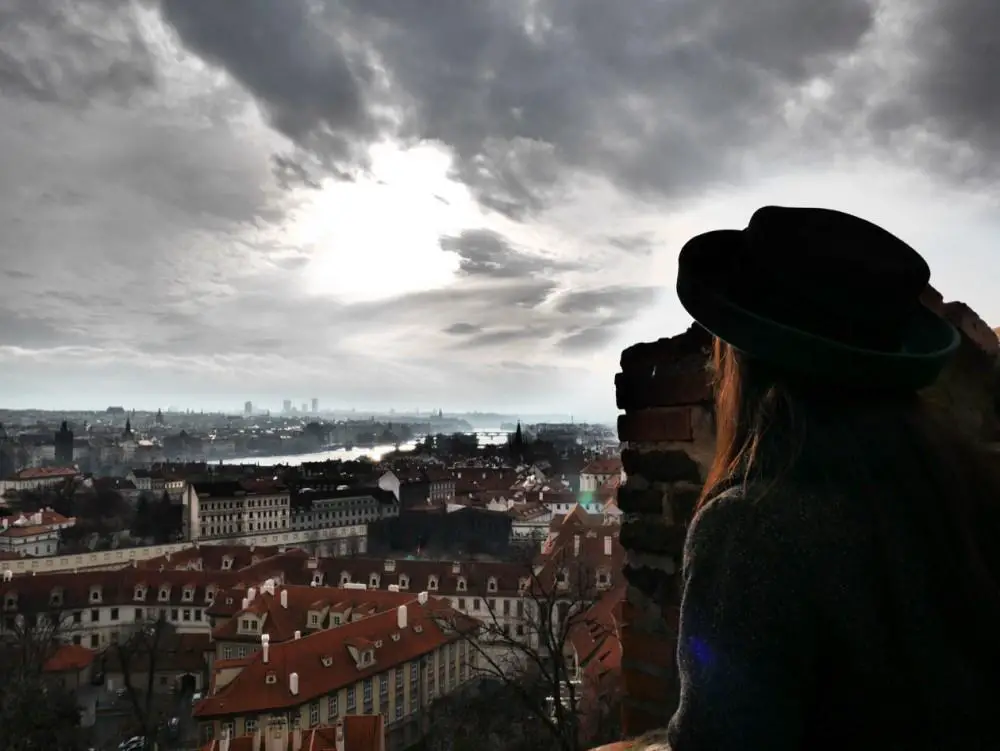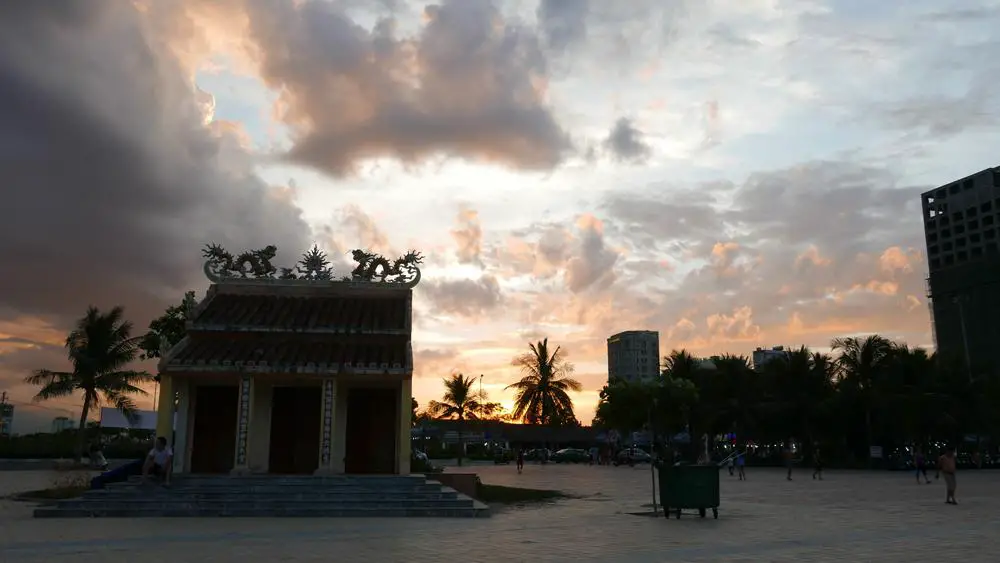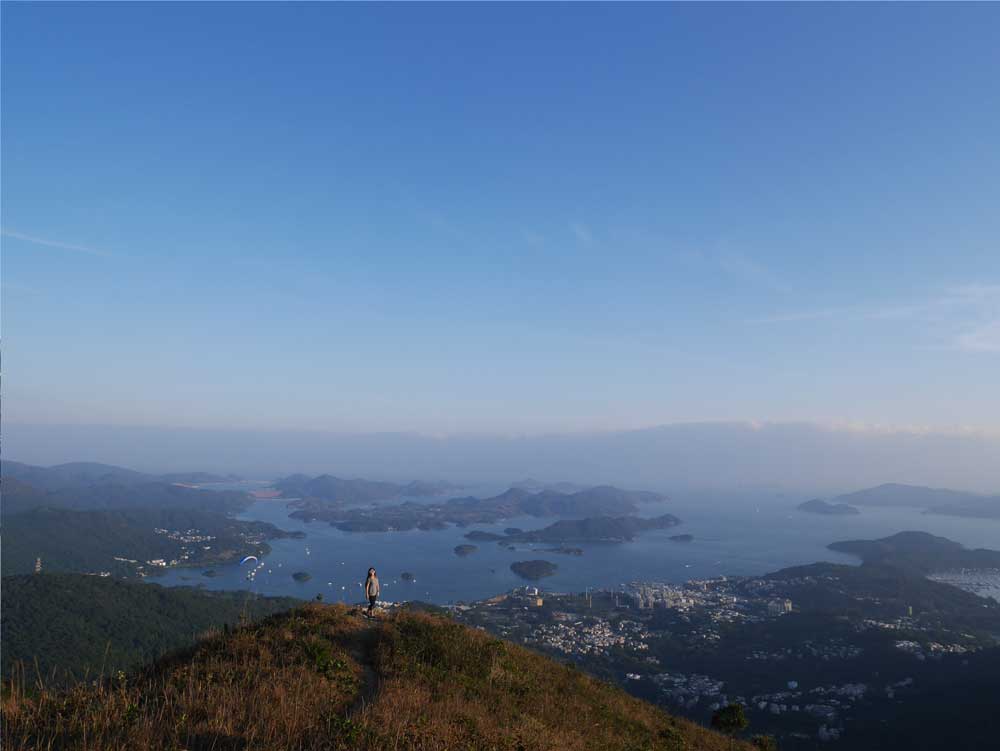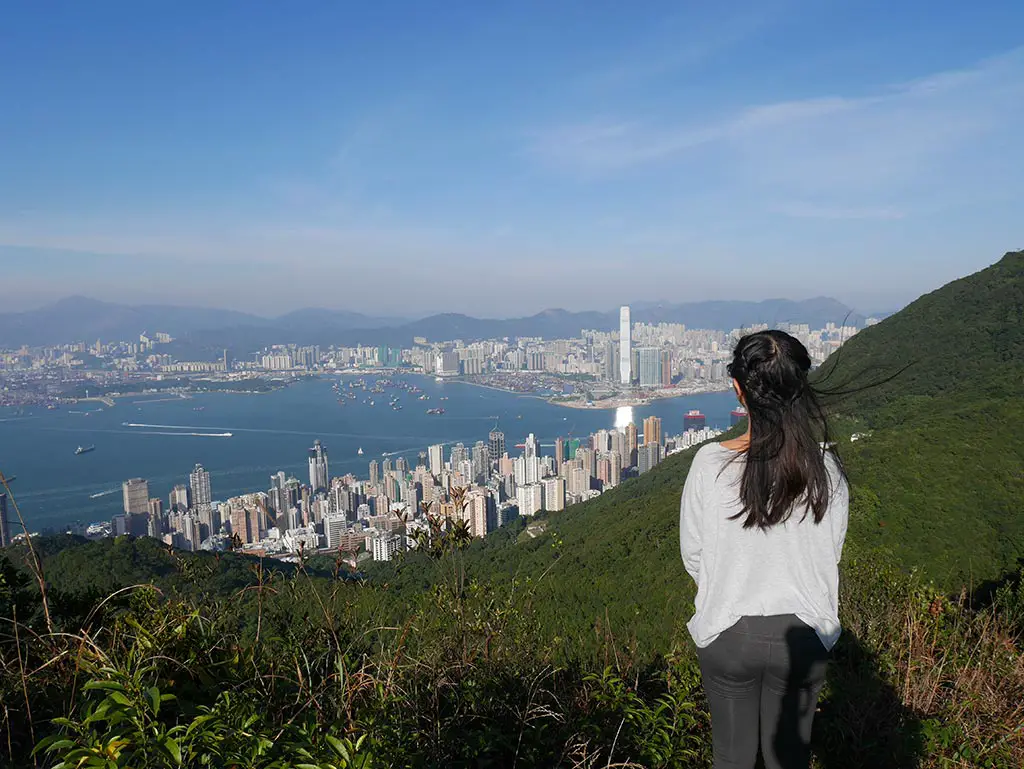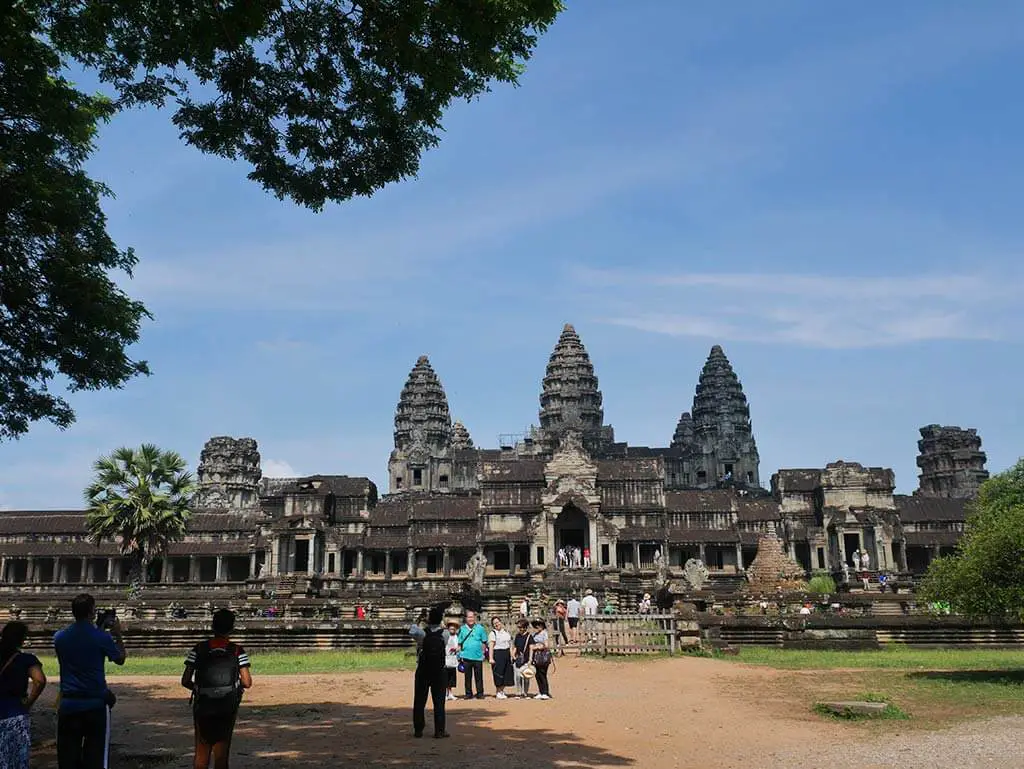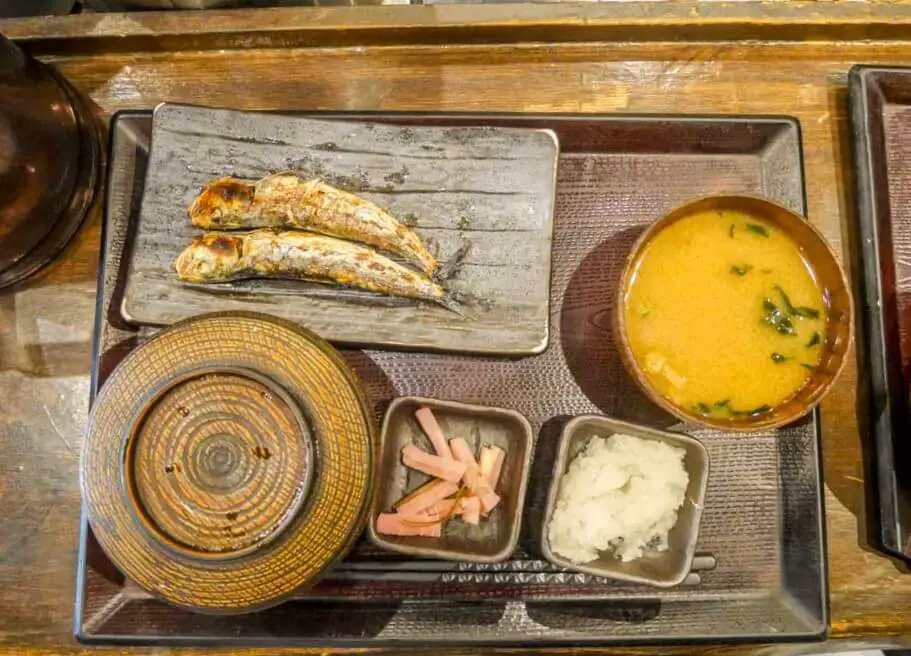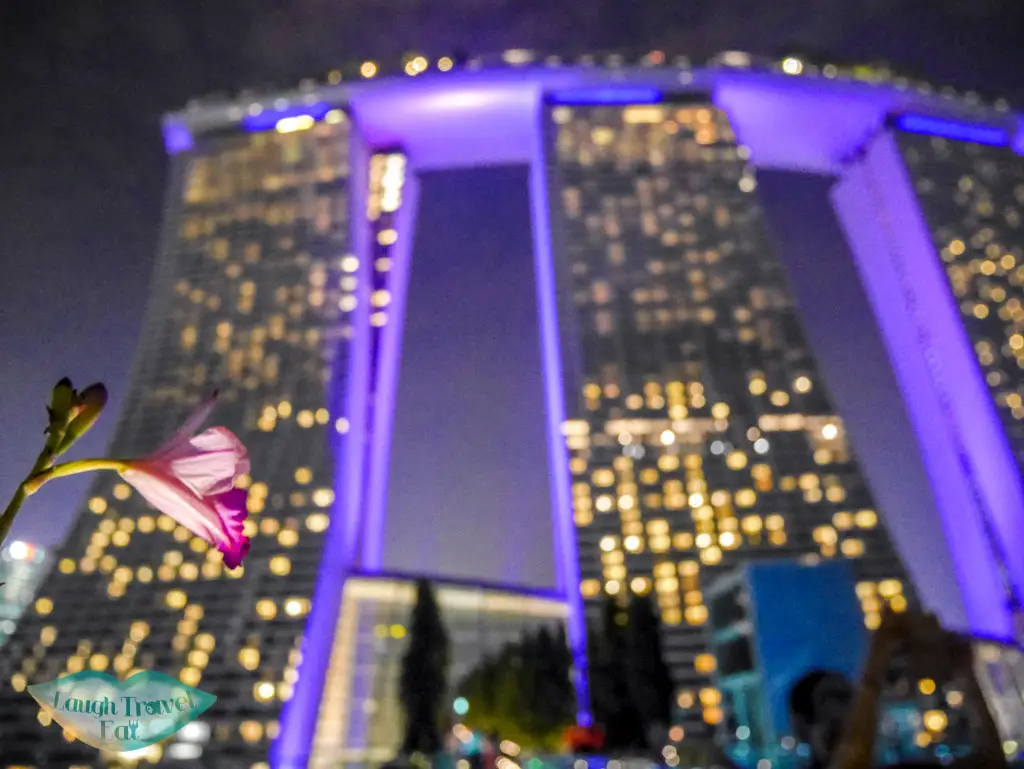Bali is one of the most popular tourist destination, famed for its culture and nature. With lush rice paddies, a stunning array of biodiversity, mountains, and volcanoes, there are endless things to explore on the island of the gods. However, Bali does have a reputation with over-tourism, so I really wanted to find an eco-friendly glamping place to stay and be close to nature like I did at Lieu Son in Vietnam. Enter Sebatu Sanctuary!
Sebatu Sanctuary is about 40 minutes north of Ubud in the rice paddies and mountains, a beautiful little place that only opened in November 2017. With only 5 rooms and beautiful tents, it was an absolute dream stay for people who used to dream of being Indiana Jones and just wants to get away from other tourists in Bali.
Note: I was hosted for the stay (no food included) but all opinions are my own!
- Check out my full Bali guide.
History of Sebatu Sanctuary
Sebatu Sanctuary is founded by Forester Alex, who had lived in Indonesia for 20 years and wanted to settle down with his wife. They were in Laos at the time and had travelled back searching for the perfect location for an eco-resort. They had wanted to find a place north of Ubud with a cooler climate and more interesting geographic to minimize energy usage.
It took them 3 trips to Bali to find the place that would become Sebatu Sanctuary. It was on the last day of the last trip, and they saw and fell in love. The land is a half paddies built on and a half forest slope, exactly what they were looking for so it came together.
Sebatu Sanctuary was built on the concept of explore and to be close to nature – inspired by past explorers. Alex even has a case of artifacts and belongings of past explorers in a case in the dining room and reception. They want to provide a fun, back to nature experience to guests that visit and to reduce impact to the environment. This leads to their eco-friendly features:
Eco-Friendly features
Bali’s tourism might benefit the island’s development, but there are a lot of unsustainabilities. Hotels use a lot of water, and in Sebatu Sanctuary they try to minimise water, energy and concrete usage on the principle of recycle, reclaim, restore.
The buildings are mostly bought from Java and rebuilt here, some as old as 100 years. They are beam construction so easy to transport back and rebuilt. The floors of the tents are also made with reclaimed wood from a 70 years old pier in Java, polished to perfection and lovingly cared for.
They also built a wide gutter along the buildings to catch water to a big tank to a water tank and gravity fed to rooms. The biggest one which can hold sixty thousand liters is under the observation deck, in the lighthouse by the entrance.
The most impressive of all is the swimming pool, which is a natural pool with an intricate system design to keep the water clean. The pool actually starts with the little pond by the entrance, with a series of phosphate and nitrate absorbing plants lining the stream as it goes down towards the pool ending into a waterfall.
The waterfall aerate the pool for the algae at the bottom has bacteria inside helps decompose organic matter, as well as the fishes. There are 5 species of fish inside, some clean the pool and some eats mosquito larvae. Pumice and another type of rock are also used to help filter the water, and the pool itself has 40cm of gravel. It is a closed system, with the water pumping back up to the top to go through it again.
Another great water system is their wastewater garden just by the lower tent. Any wastewater from the camp will first go to the ceramic tank, then work its way down with plants which will accumulate heavy metal before leaving the facilities.
Type of Rooms and Features
The main hub in Sebatu Sanctuary is the dining room tent, where the reception is located. The tent leads to the terrace is above the swimming pool and overlooks it, with three outdoor seatings and umbrellas. Downstairs by the pool, there is also sun loungers and a little bar and recreation room with bathrooms, a bar, and a foosball table.
There are 3 types of rooms but only 5 altogether: one Dutch Colonial Villa, two Javanese Villa, and two tents.
Limason (the bigger villa), they are buildings that are restored, fits in with the old history and the exploration theme. The Dutch colonial style villa is brand new for people who don’t want to be as close to nature as the tent. It is built with airy bricks with a kitchenette, rice terrace view, and a Javanese bed on the balcony.
The furnitures are locally made in Javanese style, and the tiles are hand painted in the bathroom with a bathtub.
The Javanese Villa is similar, but with an outdoor bathroom similar to the tents. They don’t have a balcony view but faces the forests.
Glamping tent
I absolutely adore the tents – they are more spacious and sturdy than you expect and is basically more of a hotel room than a tent. Here is a rundown of the facilities:
- Bed
- Table
- TV – there is National Geographic!
- Fan and aircon (behind the bed)
- Wardrobes
- Two loungers
- Outdoor shower with bathtub and rain shower
There isn’t really a view from the tent, but the outdoor bathroom more than makes up for it. With the high altitude, there isn’t as many bugs as I expected, and they are generally pretty tame and easy to deal with.
Food in Sebatu Sanctuary
Sebatu has the most amazing food that’s a fusion of Indonesia, Thai, and western food. Most of the food comes from the grounds or local market (more on the nature around below), and their hand cut fries are absolutely amazing.
Food is surprisingly affordable, we were there for three days and it came to 615k rupee for all the breakfast, lunch and dinner. My friend love their pasta, and their serving size is pretty decent too. Here are some photos:
P.S. Staff are from sebatu, also amazing at giving you water by the pool!
Activities around Sebatu
Nearby (without a car)
The owner is putting together an area guide to help guests explore the area, but currently, that’s not available yet. We were able to participate in their grounds tour to learn about Sebatu Sanctuary’s sustainability aspects with Alex himself, which is where I learn most of this information!
Other things you can do is take a picnic by the river by the river nearby. You will go through a village about 1.5 km away. There are also caves nearby with Hindu artifacts and grave of a Hindu Wiseman 700-800 years old.
They also provide just a walk to the area with one of the Balinese staff (for free – although you’d have to ask for them and preferably with Alex as the staff isn’t sure), to go through the village. They’ll guide you down to the river for a swim with a little waterfall and see the caves.
Other activities
They also offer scooter rental for 100,000 rupees per day and a free shuttle service to Ubud at 10am (return at 4pm) – prices current as of November 2018. It’s best to speak to the staff and request both in advance.
For more things to do in Ubud, see my itinerary here
在 Instagram 查看這則貼文
There are also two temples nearby called Gunung Kawi and Gunung Kawi Sebatu. The later you can walk to in 20-30 minutes, the other is a 20 minutes drive away.
Nature and Wildlife
To the untrained eyes, Sebatu Sanctuary is beautifully forested and lush, but it’s easy to miss to those who aren’t aware. They have mangosteen and durian fruit tree, passion fruit, jackfruit, palm tree, betel nut tree as well.
There is a juice bar by the front of the resort on the road between Tegalalang and another village but after volcano eruption, the traffic dropped. It’s super interesting to visit with the Balay wooden pavilion. The woods are chosen because they resprout. Next to it and nearby are Indonesia’s very own sugar palm tree Sebatu actually makes their own sugar by cutting the flower and boiling it. The resulting sugar is dark brown, delicious and slightly coconuty. These trees are also used to make ropes that last decades, as seen on the roof of many temples.
The juice bar faces the garden that changes from dry to wet season. They are currently planting coffee and Chinese cabbage, but it’s different with the wet and dry season. There are also clove and nutmeg trees too – thought to be diseases defying. Another tree to look out for are the yellow coconut palm trees, which might not be good to drink but is used in many Balinese ceremonies.
PS. watch out for the tree frogs by the bathtub at night!
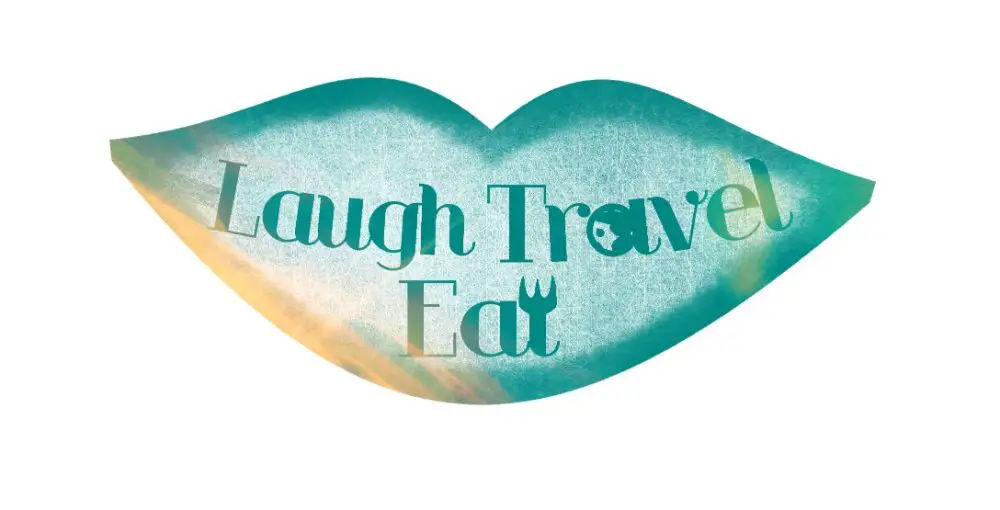

 中文 (香港)
中文 (香港)
